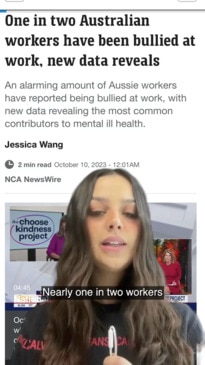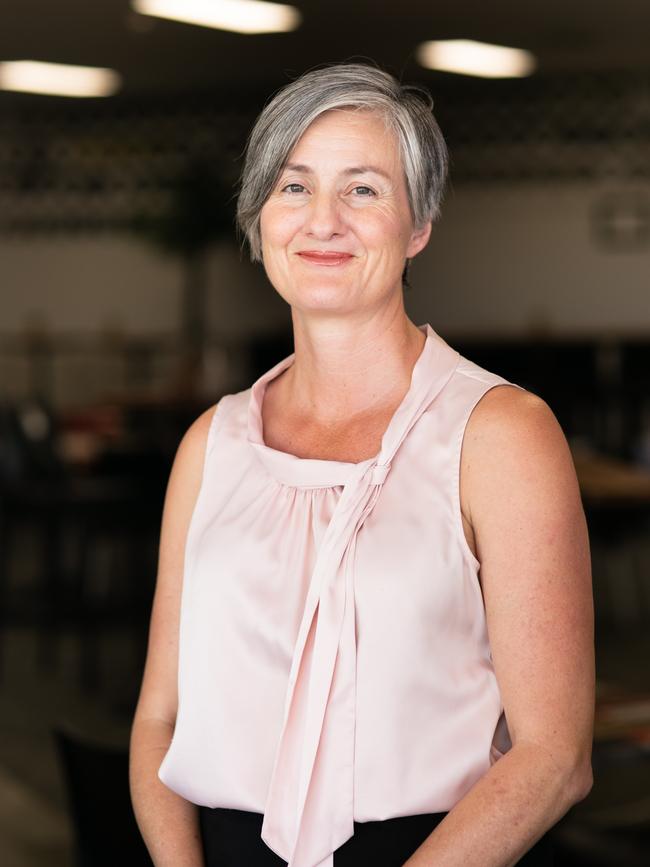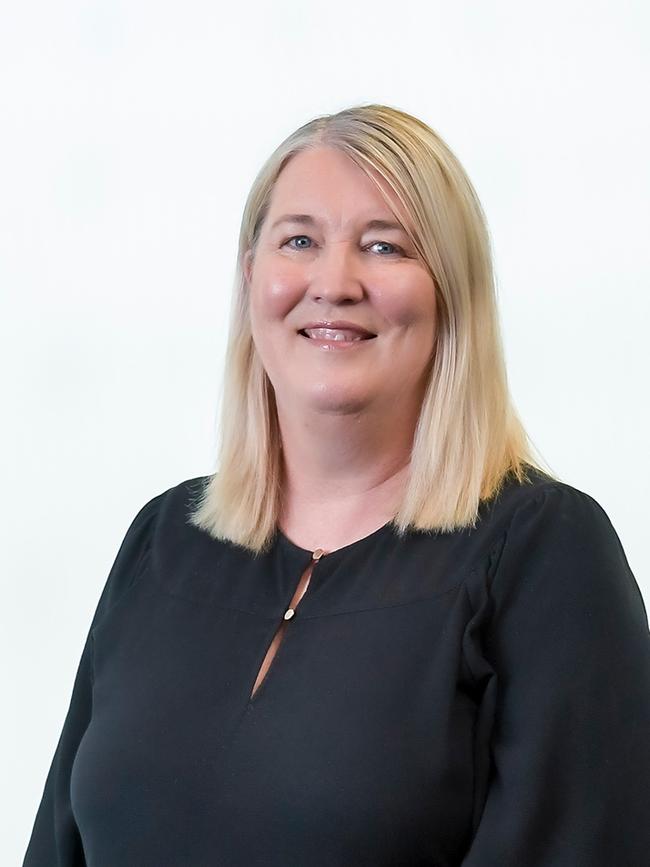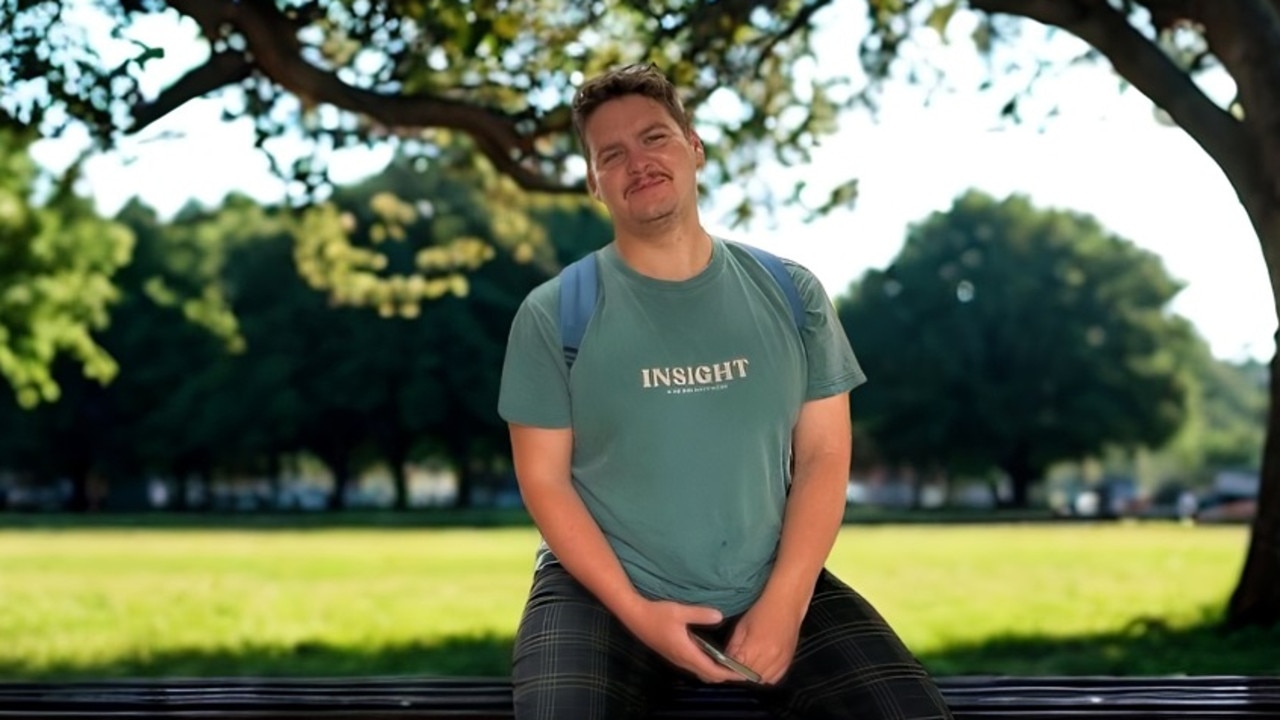Australia tops global rankings for workplace violence, harassment
Australia is alarmingly the world leader in workplace harassment and violence, with reports of staff being doused in petrol, threatened with rape and more. Here’s what victims should do.

Careers
Don't miss out on the headlines from Careers. Followed categories will be added to My News.
Australia has the worst rate of workplace violence and harassment in the world, with almost half the nation’s workforce experiencing abuse at some point in their career.
Experts say our “blokey’’ culture and a tendency to pass off unlawful behaviour as just a joke are largely to blame for the shocking level of workplace abuse, which is more than double the worldwide average of 21 per cent.
Reports of workplace violence and harassment – including employees being doused in petrol or threatened with rape – are made daily, with many victims further targeted if they complain.
Workskil Australia chief executive officer Nicole Dwyer fears the rate of workplace abuse could escalate further, as costs of living and a tightening labour market see workers reluctant to report incidents for fear of losing their job.
“We’ve seen people have things thrown at them. Or they get harassed or belittled if they can’t perform tasks quickly or effectively,’’ she says.
“A lot of people … feel physically sick at the thought of having to go into work (knowing they are likely to be harassed or assaulted). And if they raise (report) it, they just get cut (let go) or their hours get reduced.’’
ON-THE-JOB HORRORS
Australia’s poor standing has been revealed in a new film, Digging Deeper: global experiences of workplace violence and harassment, which details workplace violence and harassment research conducted by independent charity Lloyd’s Register Foundation.
Builder Jo Farrell says, as a young apprentice, she was frequently propositioned by her male co-workers and avoided using onsite toilets after being spied on through gaps in the cubicles.
Farrell – the founder of Build Like A Girl, a not-for-profit supporting girls and women to work in trades, and this year’s ACT Australian of the Year – says little has changed almost 30 years later.
During a recent work site lunch break, she witnessed a young male tradie openly watch porn on his mobile phone in direct view and earshot of fellow workmates.

Other women tradies have told Farrell of the terror of being sexually assaulted or harassed on the job – including some who were threatened with rape while using the toilet.
In June alone, 70 notifications of workplace sexual assault were received by WorkSafe ACT, Farrell says. “That (number of notifications) straight away tells you that we have got quite an entrenched issue with that type of behaviour,’’ she says.
“It’s often dismissed (by the perpetrator) as banter or a joke but it’s not banter or a joke – it’s insidious.
“The construction industry, unfortunately, is over-represented with the type of people involved in that particular culture and behaviour (of abuse and harassment).
“There’s something wrong and something quite broken here.’’
CALL TO ACTION
Australia’s greater awareness and reporting of workplace violence could explain the high abuse rate, the Digging Deeper film suggests.
But Sex Discrimination Commissioner Anna Cody is not convinced. She says Australia’s reporting levels are low and workplace abuse may be more prevalent than the research reflects.
“There’s definitely a huge problem in Australia and a need for change,’’ she says.
Cody says new positive duty laws, which require employers to take proactive steps to eliminate workplace sexual harassment, are a step in the right direction.
But she urges employees to also take charge and report all experienced or suspected workplace abuse – and even vet potential employers based on their harassment policies.


’TOUGHEN UP, PRINCESS’
While sexual harassment is rife within Australian workplaces, bullying is a greater issue, lawyer and workplace behaviour expert Franca Sala Tenna says.
The director of workplace training provider EEO Specialists says unlawful initiation of new workers still occurs and, in many instances, is downplayed by perpetrators and even some organisations.
“(Many companies where workplace abuse occurs) have a really blokey culture and an attitude of ‘toughen up, princess’,’’ she says.
“I’ve heard of cases of people getting petrol thrown on them (in a workplace initiation) and they (the perpetrators) think that’s OK.
“It’s a culture of, ‘Get over yourself … you don’t have a sense of humour’. It (the behaviour) is still unlawful, but humour blurs people’s ability to make a rational judgement.’’
Sala Tenna says those who experience workplace abuse should take detailed notes and seek support from a trusted manager or their Employee Assistance Program (EAP).
She says observers to workplace abuse also have an obligation to call out the behaviour, support their co-worker and report the incident.
SAFE AT WORK?
● 49 per cent of Australians have experienced workplace violence and harassment, compared with a global average of 21 per cent.
● Findings across the Australia and New Zealand region show 52 per cent of women and 44 per cent of men have personally experienced violence and harassment at work.
● Australia and New Zealand have the highest rate of sustained workplace attacks:
-Of the workers who had experienced physical violence, 72 per cent had experienced it repeatedly (three or more times);
-Of the workers who had encountered sexual violence, 65 per cent had experienced repeat occurrences; and,
-Of the workers who had experienced psychological harassment, 79 per cent had experienced it repeatedly.
Source: Lloyd’s Register Foundation
More Coverage
Originally published as Australia tops global rankings for workplace violence, harassment




